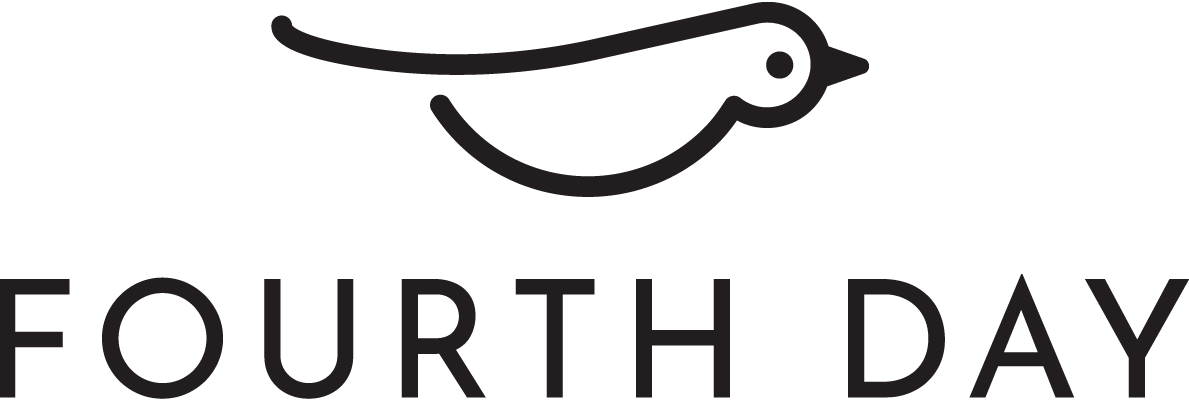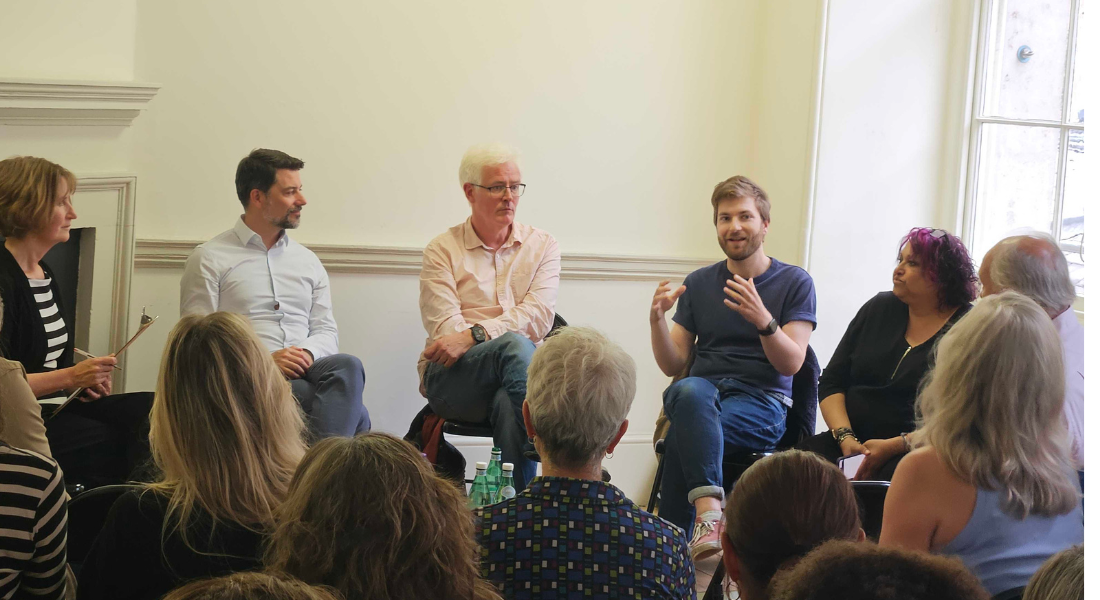
Maybe it’s the former journalist in me but whenever there’s a major news event I like to compare the headlines in national newspapers.
There is always a competition going on. In all likelihood, if it is big news, we (the reader) will already know the story being told but the papers will still try to grab your attention away from the other titles with an amazing headline. For me, a clever play on words based on a song lyric or well known saying will often win the day over the dry ‘tell it like it is’ approach.
A headline that has always stuck in my mind is The Sun’s ‘Super Caley Go Ballistic Celtic Are Atrocious’. This may also be because I was with a Celtic fan the night his team was humbled by lowly Scottish giant killer Inverness Caledonian Thistle. Headlines like this really are worth a thousand words. After seeing this, I just felt compelled to pick up the paper and read more.

When it comes to the value of a headline, the late great advertiser David Ogilvy is still probably the most quoted figure. He said: “On average, five times as many people read the headline as read the body copy. When you have written your headline, you have spent eighty cents out of your dollar.” And that was before we had the World Wide Web.
Since the advent of the internet, headlines have become ever more valuable. Rather than winning the battle of the newsstands with a witty one liner, headline writers have to win over readers with a variety of different techniques.
Here are six crucial reasons why it is important that you are aware of those techniques:
1. Search engines
If you want your content to be found by its intended target on a search engine, your will need to consider the keywords you are putting in your headline. If you are writing about motor vehicles, you’ll want to know if more people search for ‘cars’ or ‘automobiles’? This is because headlines provide search engines with vital signposts about the content included below. Even the national newspapers will change their hard thought through print headlines when it comes to publishing on the web.
2. Social Media
If you are hoping to spread your content far and wide on social media, you’ll want headlines that people will want to share. You may well think it is the body text, not the headline, which should make the difference here, but research shows that’s not necessarily the case.
Content analysts BuzzSumo claim headlines which contain numbers are extremely effective when it comes to sharing. The numbers 10 and 23 (strangely) work best. Why this is the case, they don’t say. But in all probability, it’s because the headline suggests the content will be easy digest.
You also want to consider the social platform you are hoping to share your post on too. It may not be that surprising to learn that blogs with a headline containing the word‘success’ are the most shared on the career-focused network LinkedIn.

3. Link building
You may believe that, when it comes to gaining links, the quality of the content is all that matters. That may be true to some extent but research also shows that articles with “How to…” in the headline are linked to most often. This is likely to be because the title instantly suggests that the material will be educational and worthy of an outbound link.
4. Drive Traffic
If you are simply looking to drive traffic then there is no doubt that clickbait headlines are extremely effective. I personally find these teaser headlines to be beyond annoying but they do work. Take this headline: “Bullies Called Him Pork Chop. He Took That Pain And Then Cooked It Into This.” In to what? They don’t tell you. You’ll have to click to find out.
Clickbait headlines also like to play on your emotions to entice you to click. They are deliberately manipulative, and probably because of this their present on the internet has sparked quite a backlash. Not least because – thanks to content platforms like Outbrain or Taboola – you now seen this headline style all over the place.

If your sole objective is to drive traffic then you may try this technique. But this isn’t the case for most marketers. Usually we are trying to drive a certain type of behaviour. It’s great to have traffic visiting your website, but are they going to buy when they get there?
5. Click through rates
Whether you are a fan of clickbait or not, click through rates are still important – especially when marketing budgets are involved. This is why we conduct A/B split testingon email marketing campaigns and test different straplines on pay per click campaigns. As we refine our messaging and learn what works, it’s important we feed these lessons back into future headlines.
6. Lead nurturing
If you are looking to nurture leads arriving on your website, with an educational e-book or a whitepaper, its important potential buyers feel they have something to gain by reading this material. The headline of your paper will, therefore, want to offer some kind of incentive to the reader. It may promise to demonstrate how businesses could generate saving, operate more efficiently or gain a competitive advantage.
Final thought
Too often headlines are an afterthought. We will set ourselves a deadline, work up to the last minute to finish a beautifully crafted piece of content and at the last second say, “now, what am I going to call this?” But what was the point taking the time to write a truly insightful blog if no one bothers to click the headline? It’s well worth thinking about what you are trying to achieve, and the behaviour you are trying to drive before writing the best headline you can muster.
By Paul Maher, head of content at Fourth Day Content Services
To find out more about how content can help your business, please email: paul@fourthday.co.uk
Share this:





